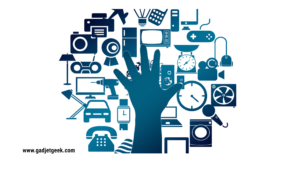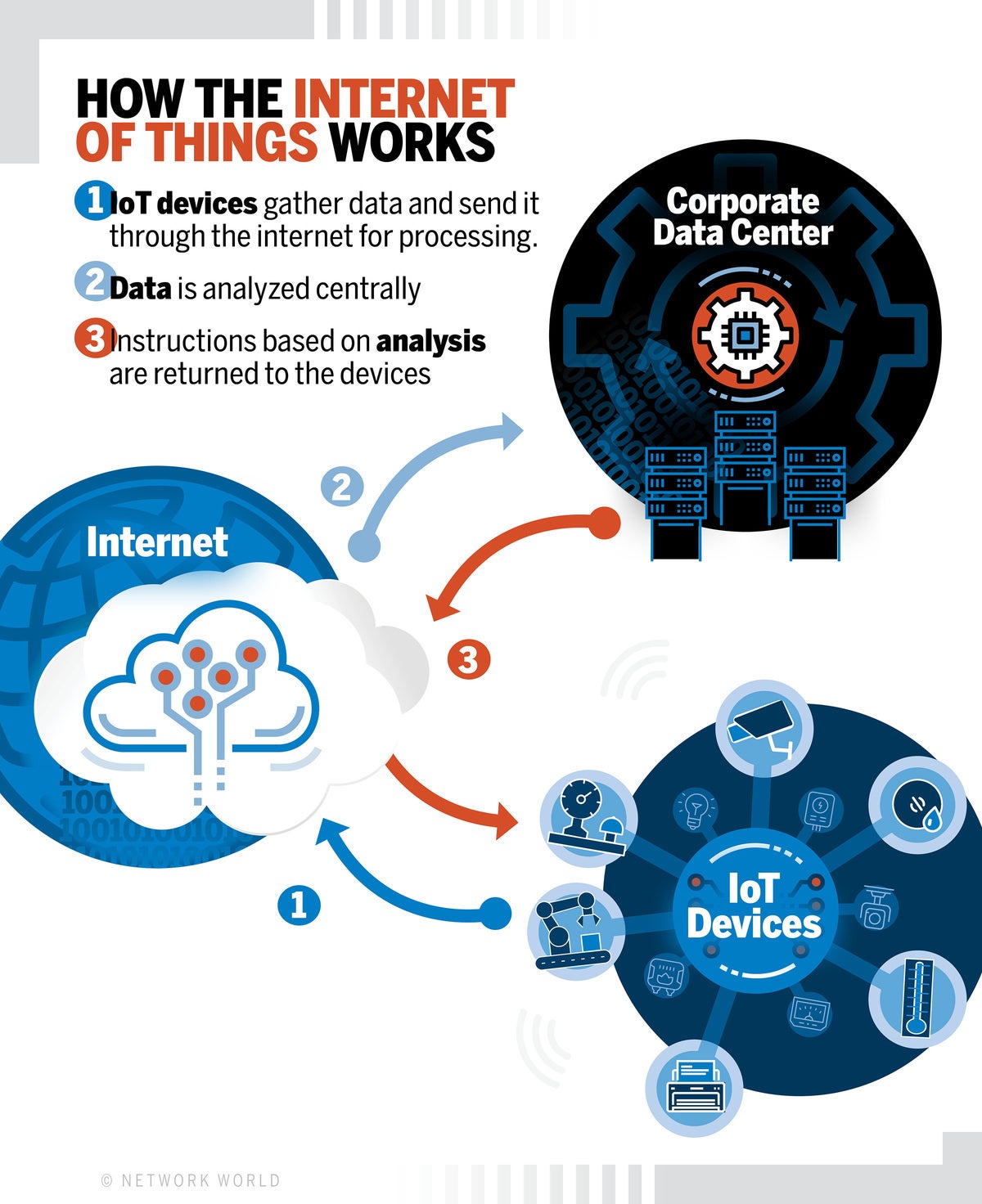how does internet of things work
Internet of Things, also known as IoT, is one of the most exciting emerging technologies in the world today. This technology involves the connection of everyday devices to the internet, allowing them to communicate with each other, perform tasks, and provide data that can be analyzed to improve efficiency, safety, and productivity. In this article, we will explore how IoT works, its benefits and challenges, and some of the latest trends and innovations in this field. So, let’s dive in and explore the exciting world of IoT together!
How Does IoT Work?
IoT involves the use of various technologies to connect devices and enable them to communicate and exchange data. These technologies include sensors, actuators, gateways, and cloud platforms. IoT devices can be connected through cellular networks, Wi-Fi, Bluetooth, or low-power wide area networks (LPWANs).

Sensors are devices that detect and measure physical properties such as temperature, humidity, pressure, and motion. They convert these measurements into digital signals and transmit them to other devices or the cloud. Actuators, on the other hand, are devices that receive commands from other devices or the cloud and perform physical actions such as opening or closing a valve, turning on or off a motor, or adjusting the temperature of a room. Gateways are devices that connect sensors and actuators to the internet and provide a secure connection. Cloud platforms are the central data repositories where all the data sent by the IoT devices is stored, processed, and analyzed. This data can then be accessed by users or other devices to make informed decisions.
Benefits of IoT
IoT offers numerous benefits and opportunities for businesses, governments, and individuals. Some of the key benefits of IoT include:
- Increased efficiency and productivity by automating repetitive tasks, reducing waste, and optimizing resources.
- Improved safety and security by monitoring and managing hazardous conditions or events, tracking assets, and detecting potential threats.
- Enhanced customer experiences by providing personalized services and experiences, tracking preferences, and proactively addressing customer needs.
- Reduced costs by minimizing downtime, optimizing energy consumption, and streamlining operations.
- Increased innovation and opportunities by creating new products, services, and business models based on IoT technologies.
Challenges of IoT
While IoT offers many benefits, it also poses some significant challenges and risks. Some of the key challenges of IoT include:
- Security and privacy concerns due to the large amounts of data being transmitted and stored, making the devices vulnerable to hacking and other malicious activities.
- Compatibility issues due to the multitude of devices and protocols being used, making it difficult to ensure interoperability and seamless integration.
- Reliability concerns due to the potential for network failures, power outages, or other disruptions that can affect the performance of IoT devices.
- Costs and complexity challenges due to the need for specialized equipment, software, and expertise, as well as the ongoing maintenance and upgrade costs.
Trends and Innovations in IoT
Despite the challenges, IoT continues to evolve and innovate at a rapid pace, with many new and exciting applications and use cases emerging every day. Some of the latest trends and innovations in IoT include:
- Smart Home Technologies: This involves the use of IoT devices to automate and control various aspects of a home, such as lighting, heating, security, and entertainment. Smart homes offer convenience, comfort, and security to homeowners, while also reducing energy consumption and costs.
- Industrial IoT: This involves the use of IoT devices to monitor and optimize various industrial processes, such as manufacturing, logistics, and supply chain management. Industrial IoT can help improve efficiency, reduce waste, and enhance productivity in various industries.
- Smart Cities: This involves the use of IoT devices to create connected and intelligent urban environments, where various services and amenities are seamlessly integrated and optimized. Smart cities can help improve the quality of life for citizens, reduce environmental impact, and enhance economic development and innovation.
Conclusion
In conclusion, IoT is a fascinating and rapidly evolving technology that offers numerous benefits and opportunities for businesses, governments, and individuals. While there are challenges and risks associated with IoT, there are also many trends and innovations that are driving its growth and adoption around the world. So, if you’re interested in learning more about IoT or exploring its potential for your organization or personal life, now is a great time to start!
References:
- https://futureskillsprime.in/sites/default/files/2021-04/iStock-1184401187_0.jpg
- https://images.idgesg.net/images/article/2020/05/nw_how_iot_works_diagram-100840757-large.jpg
- https://www.gadjetgeek.com/how-does-internet-of-things-work/

Source image : www.networkworld.com

Source image : futureskillsprime.in

Source image : www.gadjetgeek.com


